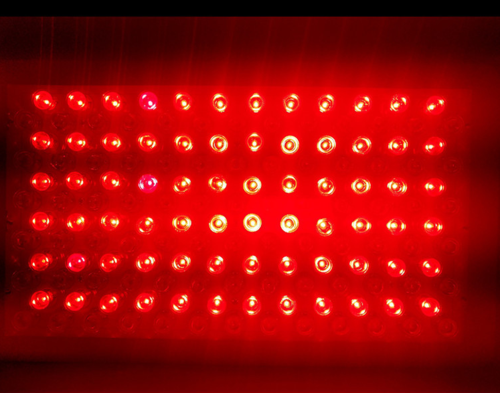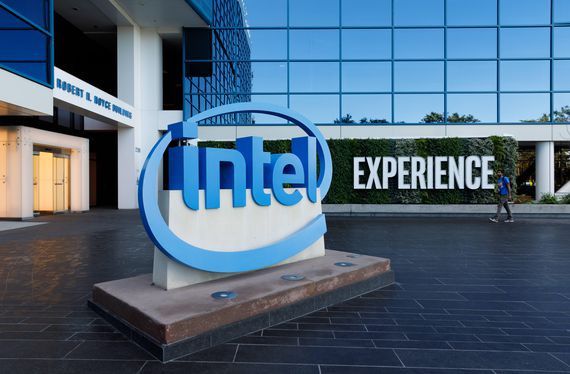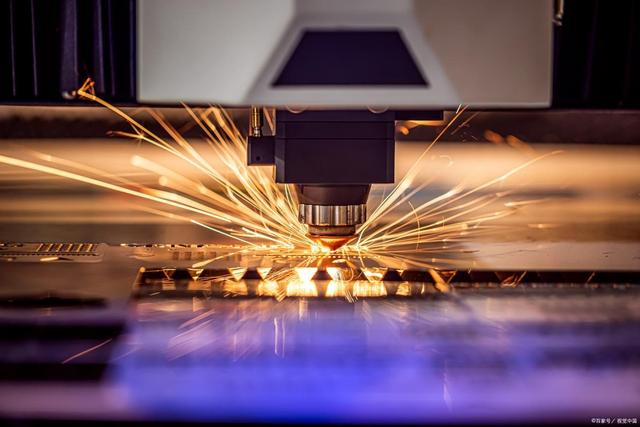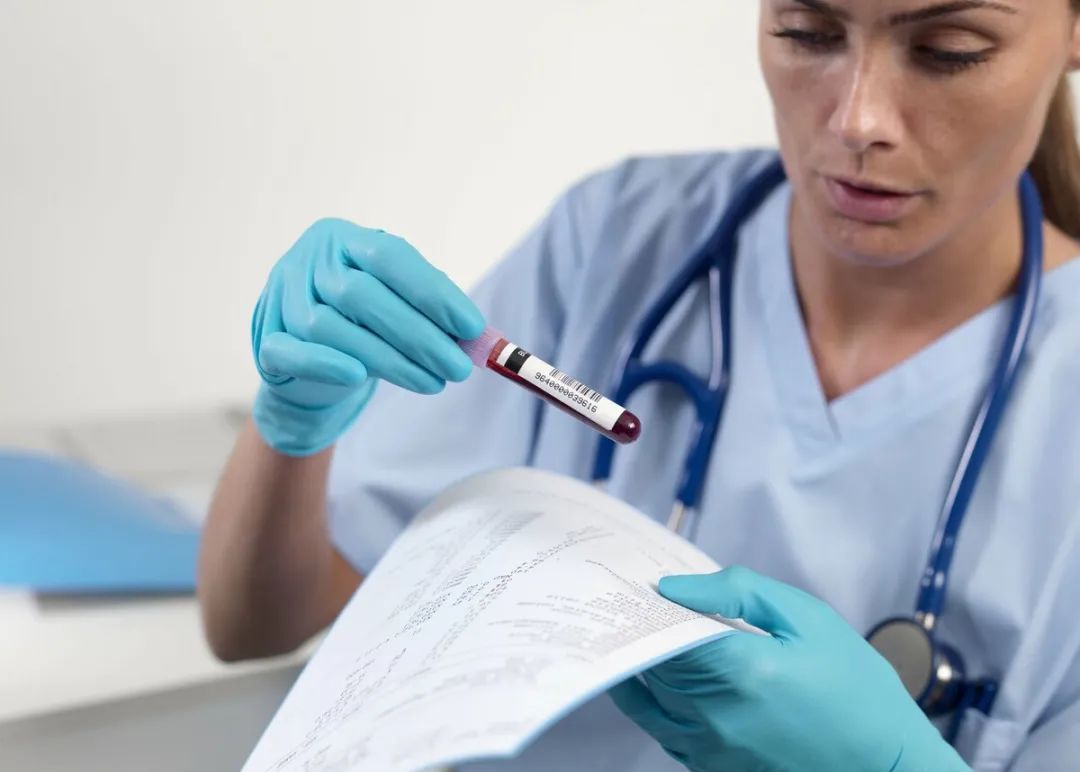It only takes ten minutes of irradiation to lower blood sugar. A new study jointly conducted by several British universities has brought a surprising discovery: just irradiating the back with 670 nanometers of red light for 15 minutes can effectively reduce blood sugar levels! It's like a magical "magic light" that sneaks into our bodies and gently stimulates the energy factories in the mitochondria, allowing them to accelerate the production of energy. During this process, glucose consumption increases, and blood sugar levels naturally drop.

Experimental data showed that this red light stimulation actually reduced blood sugar levels by 27.7% after ingesting glucose, and the maximum glucose peak also decreased by 7.5%. This is simply a revolutionary discovery! Many people may still be sceptical, but relevant papers have been published in the latest issue of the Journal of Biophotonics, and now the whole world has seen the potential of this magical red light. In the future, we may no longer need complicated drugs and cumbersome dietary control to manage blood sugar. We can easily do it by simply shining a red light! Of course, more research and experiments are needed to confirm this, but undoubtedly, this research opens a new door for us and allows us to see the infinite possibilities of future health management.
To gain a deeper understanding of the impact of 670-nanometer red light on blood sugar, the researchers carefully selected 30 healthy volunteers and randomly divided them into two groups: one was the "red light group" of 15 people, and the other was The "placebo group" of 15 people (actually the control group, without red light exposure). These volunteers all had normal metabolic functions and did not take any drugs that might affect the experiment. Next, the researchers had the volunteers perform an oral glucose tolerance test. Simply put, they drink a certain amount of glucose and then observe how their bodies process the sugar. Those volunteers who received 15 minutes of red light exposure had significantly different blood sugar responses than the placebo group. Their peak blood sugar levels were reduced and their total blood sugar was relatively lower throughout the two hours. It's like a wonderful magic show. As soon as the red light shines on it, the blood sugar drops obediently! This discovery makes us full of expectations for the potential of 670nm red light.

Researchers are excited to say that although this experiment was conducted on healthy people, this amazing non-invasive, non-drug technology is likely to become a helpful assistant for diabetic patients in the future, helping them control blood sugar more easily. This is like a "magic weapon" tailor-made for diabetic patients. People who are troubled by lowering blood sugar may see a glimmer of hope. After all, if lowering blood sugar is really that easy - it only takes more than ten minutes of irradiation to effectively lower blood sugar, then this method is undoubtedly the simplest, safest and most effective at present.
Many people may not have noticed that LED lights are widely used in your home, office, or shopping malls on weekends. Most of the light they emit is blue. If exposed to such light for a long time, our blood sugar may quietly "go out of control." This is truly a potential public health issue that deserves our attention.

However, this technology still gives most people hope. One day in the future, we will walk into the hospital and no longer need to wait in line for tedious examinations and lengthy treatments. The doctor smiled softly, took out a small red light device from the drawer, and told us: "Just take a photo, and your blood sugar will be stable!" Does this sound like the plot of a science fiction movie?
However, with the deepening of scientific research, this magical red light technology may become a reality. It can not only help diabetics control blood sugar but may also become the "patron saint of health" in our daily lives. However, the current stage should not be the time to declare success directly. After all, for a technology to be truly implemented, it still has to face more tests.





